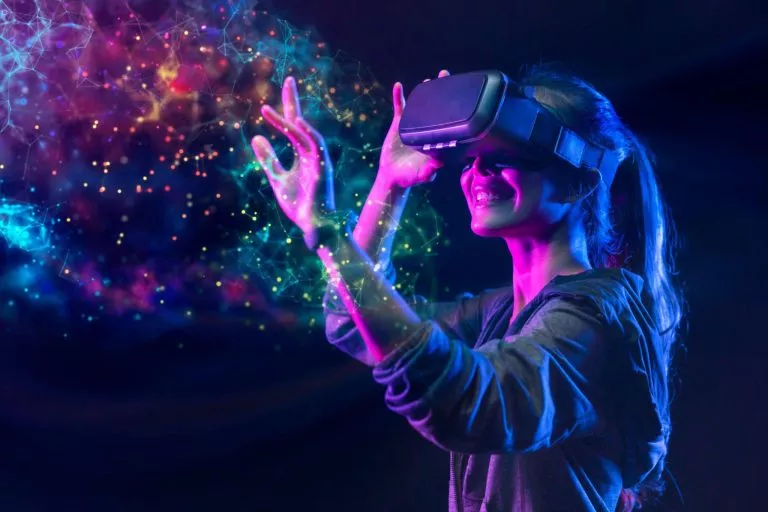In the ever-evolving realm of marketing, Virtual Reality (VR) and Augmented Reality (AR) are making a significant impact. These immersive technologies have transcended their initial uses in gaming and entertainment to become powerful tools for marketers. In this article, we will explore how VR and AR are transforming marketing strategies and how businesses can leverage these technologies to engage and captivate their audiences in this new era of digital marketing.
The Immersive Revolution
VR and AR are redefining the way businesses connect with their audiences. Here’s why these technologies are gaining prominence in marketing:
- Immersive Experiences: VR immerses users in a computer-generated environment, while AR overlays digital information onto the real world. Both offer immersive experiences that captivate users’ attention.
- Engagement: VR and AR provide interactive and engaging experiences, resulting in longer user interaction times and increased brand engagement.
- Storytelling: These technologies enable brands to tell compelling stories that resonate with users on a deeper level, forging emotional connections.
Applications of VR and AR in Marketing
- Virtual Product Experiences: Allow customers to explore products in a virtual environment, giving them a sense of ownership and experience before making a purchase.
- Interactive Brand Storytelling: Create immersive brand stories in VR that transport users into the heart of your brand’s identity and values.
- Virtual Shopping: Offer customers the ability to shop in a VR environment, trying on products and making purchases in a virtual store.
- AR Advertising: Augmented Reality advertisements can be activated by scanning images or objects, providing interactive content.
- 360-Degree Videos: Create 360-degree videos for VR experiences, offering virtual tours of locations, events, or products.
- Virtual Events: Host virtual conferences and events in VR, where attendees can network and interact in a virtual space.
- Training and Simulation: VR and AR are invaluable for employee training and simulations, providing realistic and immersive learning experiences.
Success Stories in VR and AR Marketing
- Ikea: Ikea’s AR app lets customers visualize how furniture would fit and look in their homes.
- L’Oreal: L’Oreal’s AR app enables users to try on makeup virtually, helping them make informed purchasing decisions.
- National Geographic: National Geographic created a VR experience that transported users to the surface of Mars, allowing them to explore the planet’s terrain.
Getting Started with VR and AR in Marketing
- Understand Your Audience: Determine if your target audience is likely to engage with VR and AR experiences.
- Set Clear Goals: Define your objectives for using VR and AR in your marketing strategy, whether it’s increased brand awareness, engagement, or sales.
- Choose the Right Platform: Decide whether to develop apps, web-based experiences, or use existing platforms for AR content.
- Invest in Content Creation: High-quality, compelling content is vital for the success of VR and AR marketing.
- Promote Your Experiences: Use your existing marketing channels to promote your VR and AR content to your audience.
In Conclusion
The rise of Virtual Reality (VR) and Augmented Reality (AR) in marketing marks a significant shift in the way businesses engage with their audiences. These technologies create immersive experiences that captivate and emotionally connect with users, opening up new possibilities for marketers. As VR and AR continue to evolve and become more accessible, they are poised to play a pivotal role in the future of digital marketing.

